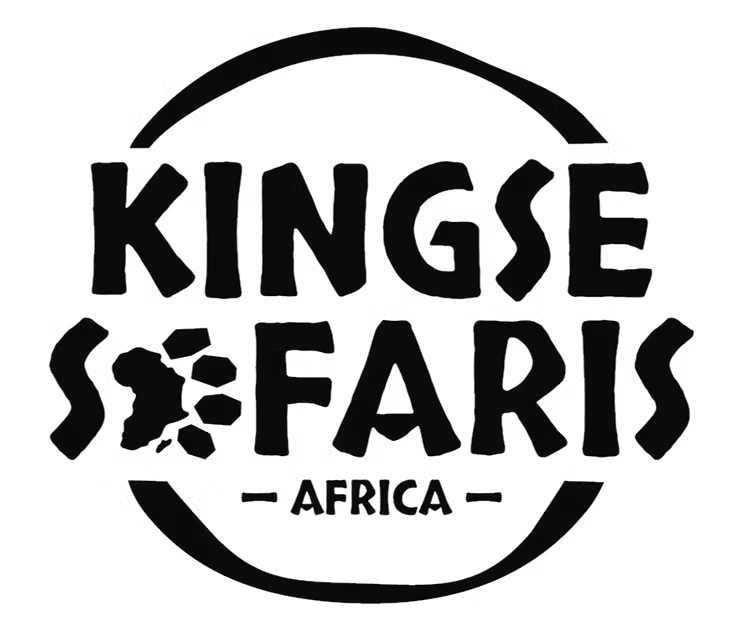Kenya
Tsavo East National Park
Vast red plains and remarkable wildlife define Tsavo East in Kenya.
Tsavo East National Park provides limitless horizons and unique wildlife interactions. Known for its red-dusted elephants and rare maneless lions, it also houses cheetahs, gerenuks, and Somali ostriches, making it a must-see site for adventurous safaris in Kenya’s untamed wilderness.
Area
13,747 sq km
Established
1948
Location
Southeastern
Altitude
200 – 1,200 m
Kenya’s largest wilderness invites explorers to endless open horizons.
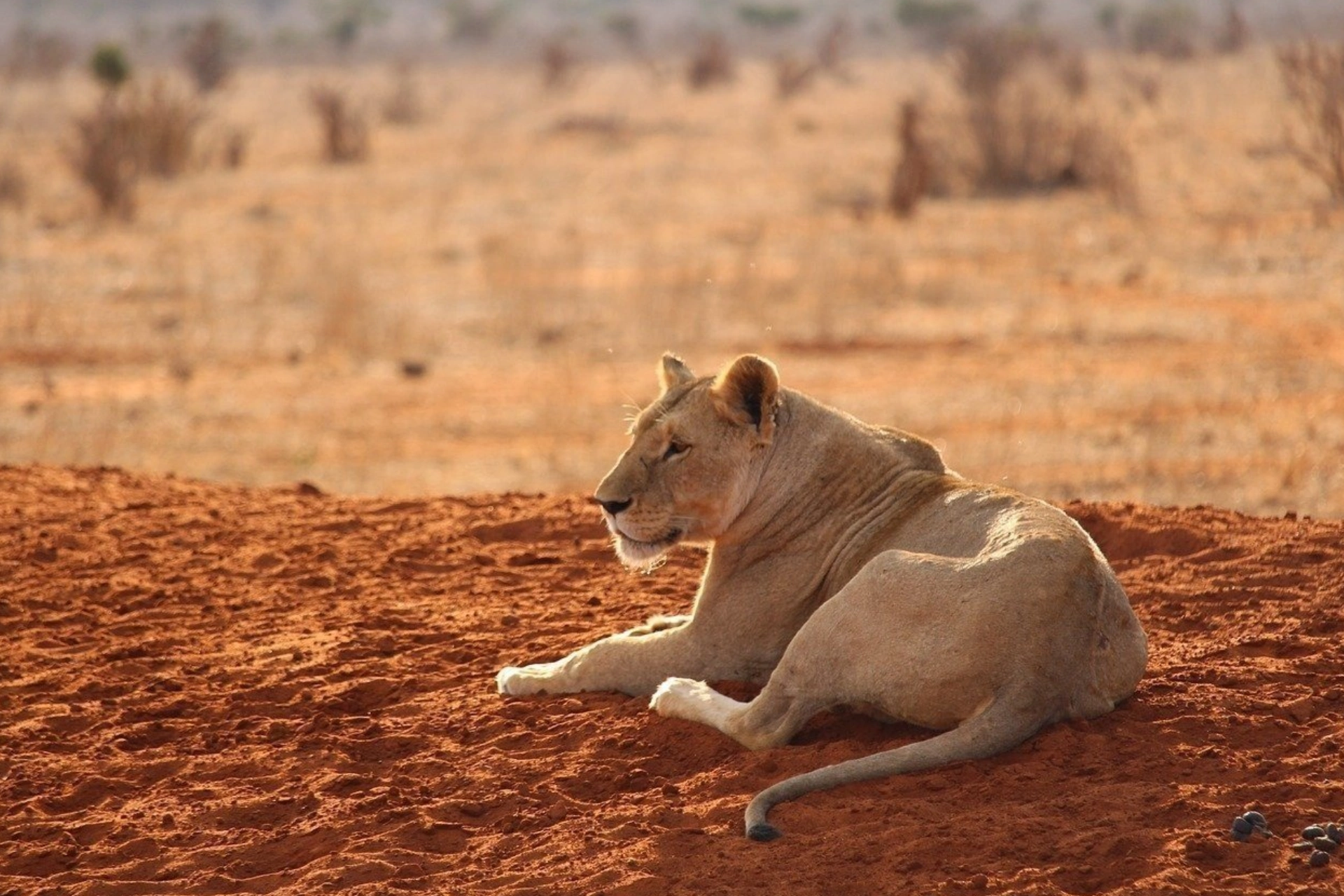
The northern region, remote and lightly visited, remains a destination for adventurous travelers seeking unspoiled terrain and a deep connection to the wild. Minimal infrastructure ensures its rugged character stays intact.
Distinct from its neighbor, Tsavo West, this park’s flat, open landscapes make it a haven for red-dusted elephants and diverse wildlife, offering spectacular game drives in an untamed and unforgettable African setting.
Tsavo East National Park spans an incredible 13,700 square kilometers, making it Kenya’s largest protected wilderness and a sanctuary for truly immersive safari experiences. Its sheer size allows for unparalleled space, freedom, and privacy while exploring.
Most safari adventures take place in the southern section, south of the Galana River, where open plains and scattered bushlands stretch beneath expansive skies. Here, wildlife sightings often happen with no other vehicles in sight, heightening the feeling of exclusivity.
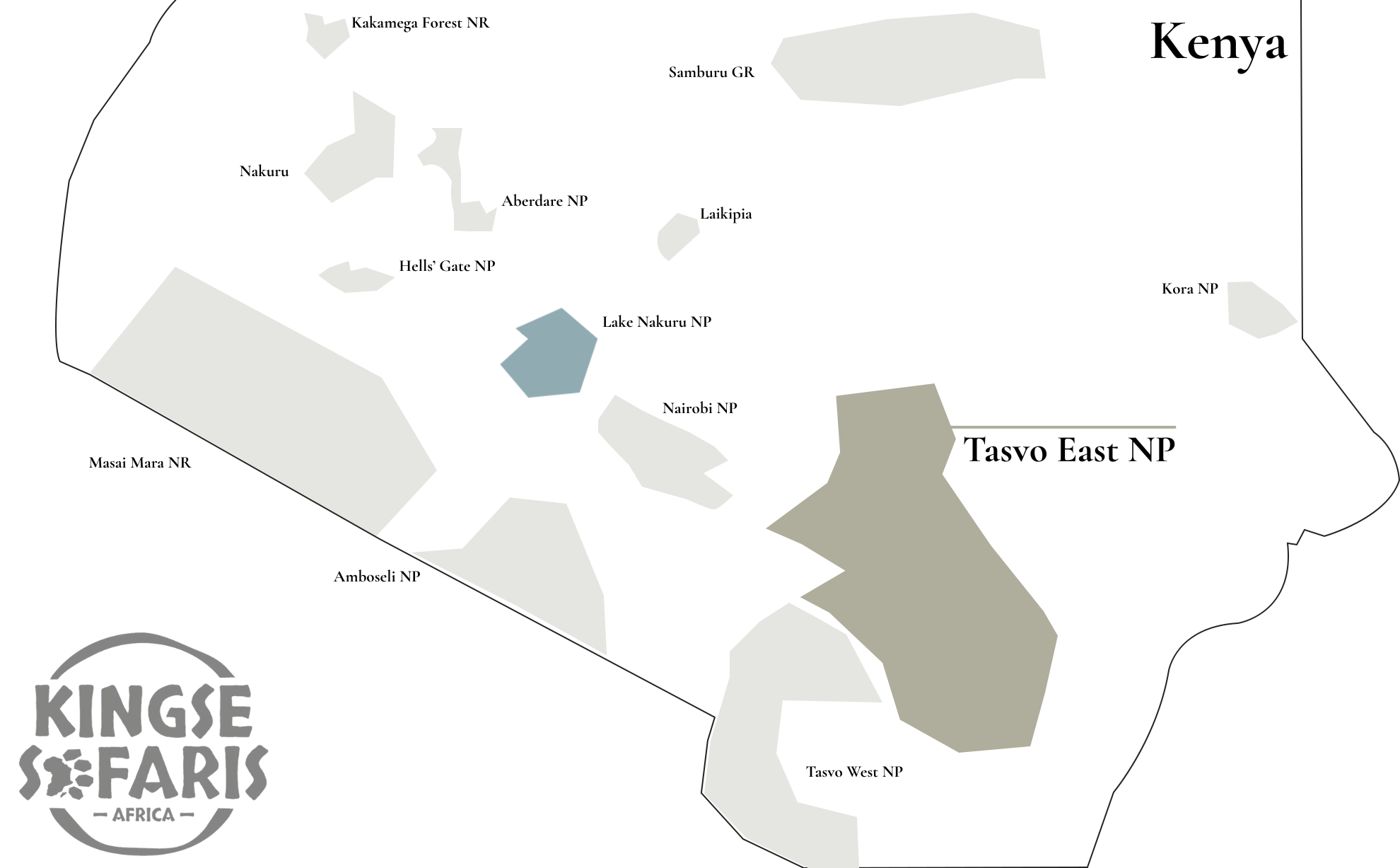
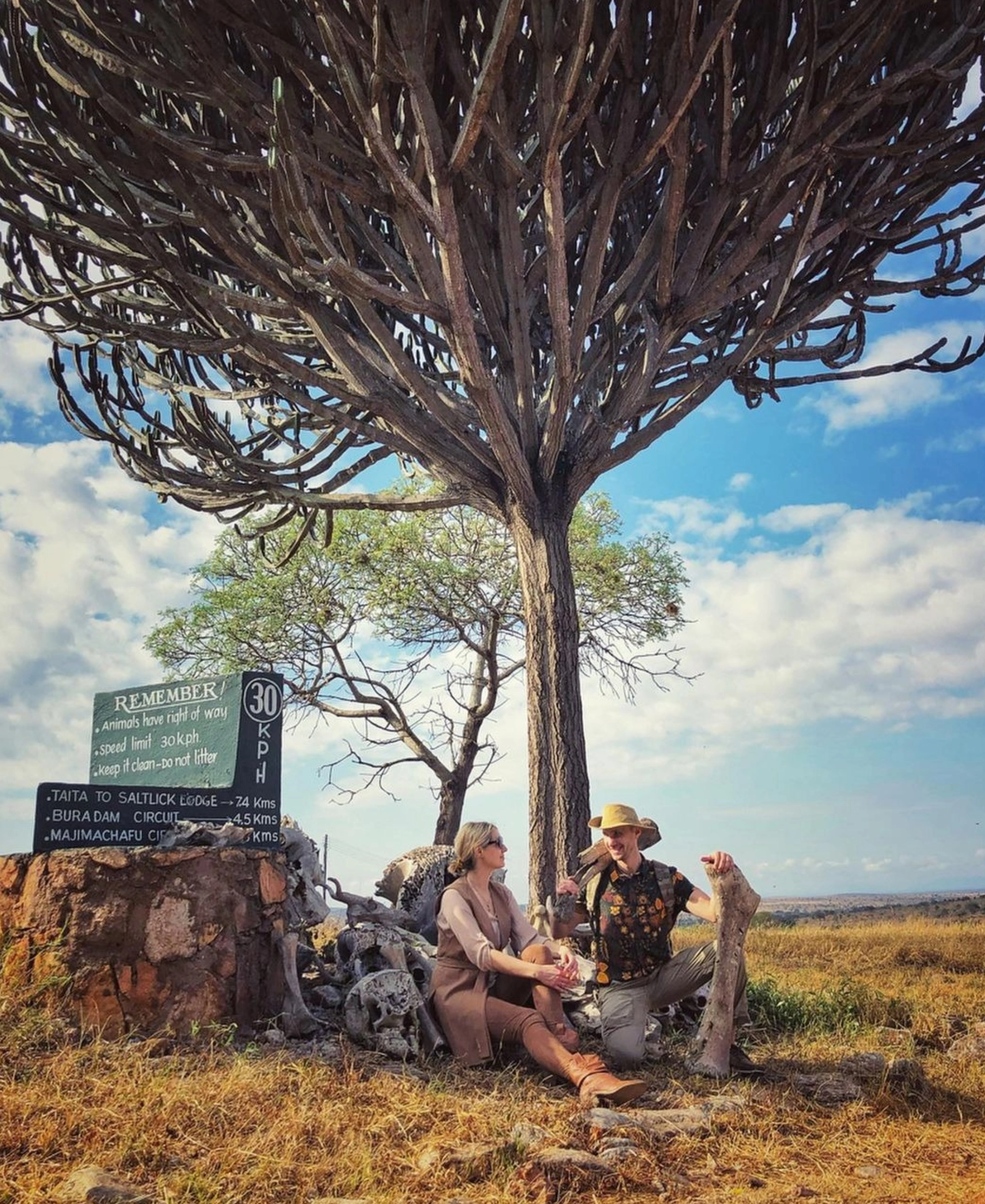
Best Time to Visit Tsavo East
Wildlife viewing is best from June to October and January to February, when dry conditions concentrate animals near water sources, making sightings easier and game drives more rewarding.
Best Time
July to October
High Season
July to October
Low Season
April to June
Best Weather
January to February
Discover East Africa's Best Safari Packages
7 Days Tanzania Safari
5 Days Rwanda Safari
7 Days Kenya Safari
7 Days Uganda Safari
Why Visit Tsavo East National Park?
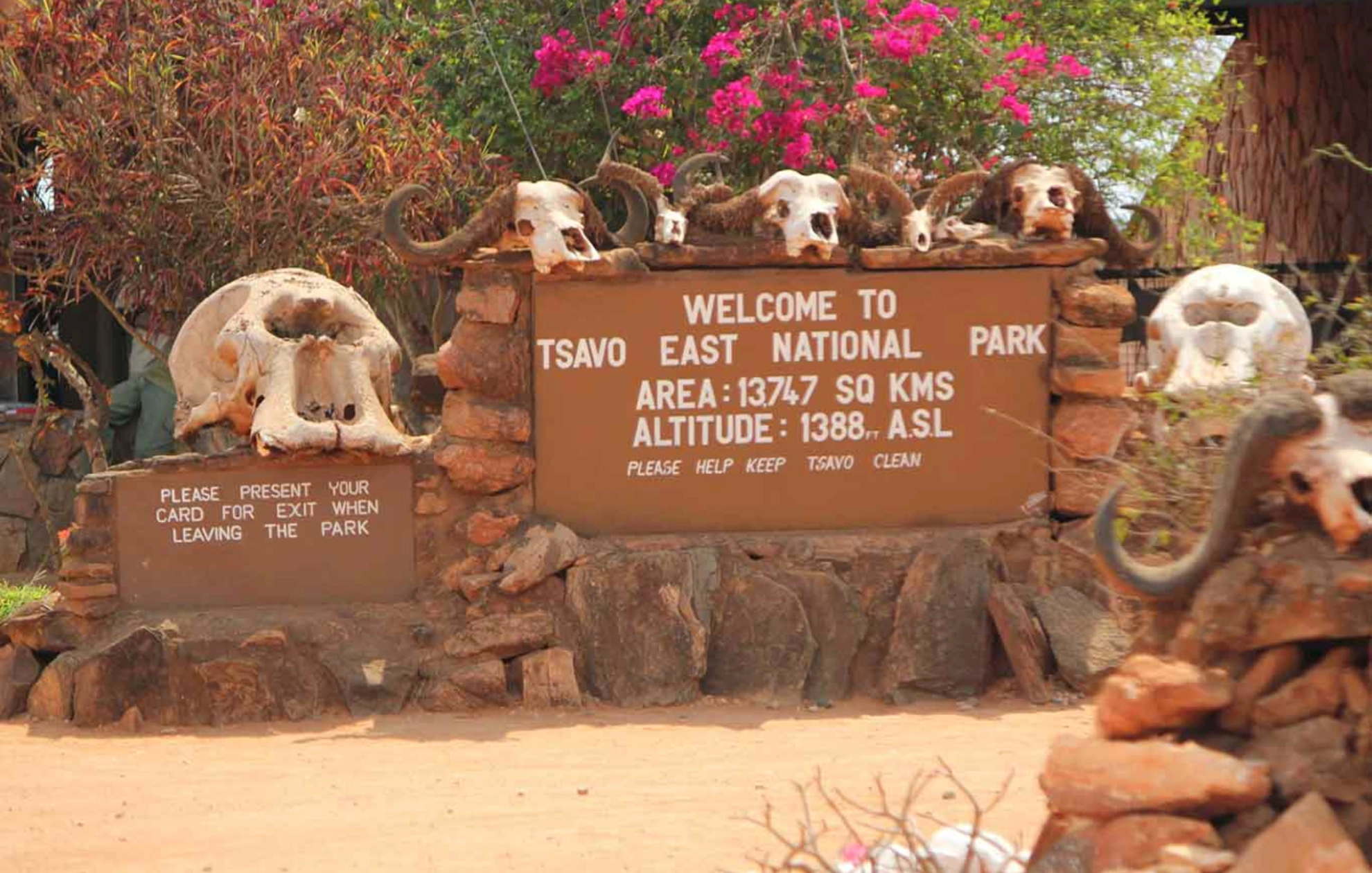
The Galana River and Aruba Dam attract countless animals, including elephants, buffalo, and waterbirds, offering some of the best viewing spots in the park. Birdwatchers can also enjoy sightings of over 500 species.
With attractions like Lugard Falls, Mudanda Rock, and historical tales of the “Man-Eaters of Tsavo,” the park offers both natural beauty and cultural stories. Every visit feels like stepping into the wild heart of Kenya.
Tsavo East National Park is one of Kenya’s most impressive safari destinations, known for its vast landscapes and diverse wildlife. Its size and remoteness give visitors a true sense of adventure.
One of the park’s remarkable features is the Yatta Plateau, the world’s longest lava flow, stretching nearly 300 kilometers. It creates a dramatic backdrop to game drives and adds to the park’s unique character.
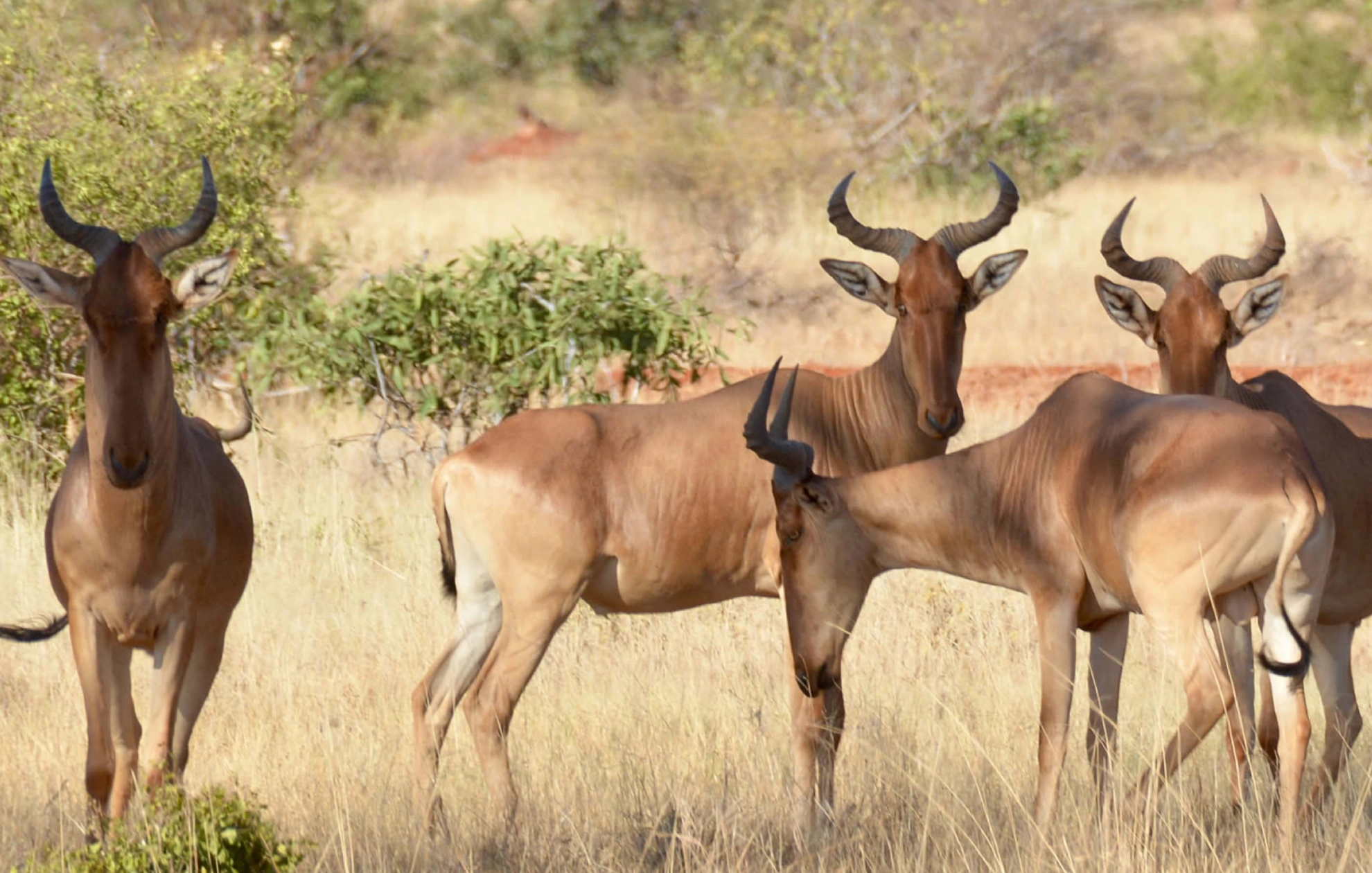
Top 10 FAQs to help you plan your unforgettable safari in Kenya.
Kenya is a captivating destination, famous for thrilling safaris, diverse wildlife, stunning landscapes, and rich culture. These FAQs answer the most common traveler questions to help you plan with confidence.
When is the best time for a safari in Kenya?
The Best time for a Safari in Kenya is from June to October, when the weather is dry and animals concentrate around rivers and waterholes, making them easier to see.
January and February are also great months to visit because the weather is mild and the parks aren’t as busy.
The months of March to May and November are the rainy months. The scenery is lush and gorgeous, but severe rains can make some trails muddy and make it tougher to see animals.
But birdwatchers might like the rainy months better because that’s when migratory species show up.
How much does a safari in Kenya cost?
Kenya offers safaris for every budget. A budget safari may start at around $150 per person per day, covering basic accommodations and game drives.
Mid-range options average $300–$500 per day, offering comfortable lodges or tented camps and more personalized service.
Luxury safaris can cost anywhere from $1,000–$2,000+ per day, featuring exclusive camps, gourmet dining, and private guides. Costs also depend on park fees, transport (road vs. flight), and the season of travel.
Is the Masai Mara worth visiting?
Yes, without question. The Masai Mara is Kenya’s crown jewel and one of the world’s most famous safari destinations. It is best known for the Great Wildebeest Migration (July–October), where over a million animals cross from the Serengeti into Kenya.
Even outside migration season, the Mara offers year-round predator action with lions, leopards, cheetahs, and hyenas, alongside elephants, giraffes, and zebras. Its vast open plains make game viewing exceptional.
How many days are recommended for a safari in Kenya?
A safari can be enjoyed in 3–4 days if you’re short on time, focusing on one park like the Masai Mara.
However, for a deeper experience, 7–10 days allows you to combine several destinations, like Amboseli for elephants with Mount Kilimanjaro views, Lake Naivasha for birdlife, and Tsavo or Samburu for unique landscapes.
This way, you experience Kenya’s diverse ecosystems rather than just one.
Which is better: Kenya or Tanzania for safari?
Both are outstanding safari destinations. Kenya is more compact, making it easier to see multiple parks in a shorter time. It’s often considered more budget-friendly and is famous for the Masai Mara.
Tanzania, on the other hand, offers vast, less crowded wildernesses, including the Serengeti and Ngorongoro Crater.
Many travelers choose to visit both countries, as the Serengeti and Masai Mara are part of the same ecosystem, providing a seamless safari adventure.
Do I need malaria tablets for a Kenya safari?
Yes, malaria is present in many regions of Kenya. It is strongly recommended that travelers take antimalarial medication, which a healthcare professional should prescribe before departure.
In addition, use insect repellent, wear long sleeves and pants in the evenings, and sleep under mosquito nets provided by lodges or camps. With the proper precautions, the risk is manageable.
What should I wear on safari in Kenya?
Bring clothes that are light, breathable, and in neutral colours like khaki, beige, or olive green. These colours help you blend in with your surroundings and don’t draw bugs.
Avoid bright colours, as well as dark colours (black and blue attract tsetse flies). Bring a hat with a wide brim, sunglasses, and a thick layer for early morning or evening journeys because the temperature might drop quickly. For game drives, you should wear comfortable, closed shoes. For walking safaris, you must wear the appropriate attire.
Why are safaris in Kenya expensive?
Safari costs include more than just accommodation. Park entry fees and conservation charges go directly into protecting wildlife and their habitats. Lodges and camps are often located in remote areas, meaning food, supplies, and staff must be brought in, raising operational costs.
Additionally, highly trained guides, trackers, and conservation staff ensure your experience is safe, ethical, and educational. In short, the price supports both your adventure and the preservation of Africa’s wildlife.
How far in advance should I book my safari?
For popular destinations like the Masai Mara during migration season, it’s best to book 6–12 months in advance. This ensures access to the best lodges, guides, and vehicles.
For shoulder or low seasons, you may find availability closer to your dates, but planning gives you more flexibility with itineraries, flight options, and package pricing.
Is Kenya safe for safari travelers?
Yes, Kenya is considered safe for safari tourists. National parks and reserves are secure, and lodges prioritize guest safety with professional guides and staff.
Nairobi and other cities have areas where extra caution is advisable, but once on safari, most visitors feel entirely safe. Following basic travel guidelines, such as avoiding displaying valuables and listening to your guide’s instructions, ensures a smooth and enjoyable trip.
Wildlife and Birding Adventures Across Tsavo’s Plains.
Guided Game Drives
Spot Rare Birds
Capture Photographs
Open Plains Teeming
Kenya Travel Treasures
Discover the Many Sides of Wild Kenya
From lush highlands to arid northern plains, Kenya offers adventures as diverse as its landscapes. Kingse Safaris Africa connects you to unique wildlife encounters, cultural journeys, and breathtaking scenery across this incredible safari nation.
Creating Your Dream Safari, The Way You Want it
Kingse Safaris Africa offers customized tours tailored to your needs. Everything about your trip can be altered to suit your travel style, from the activities to the schedule. Join us and design your dream journey with us!







